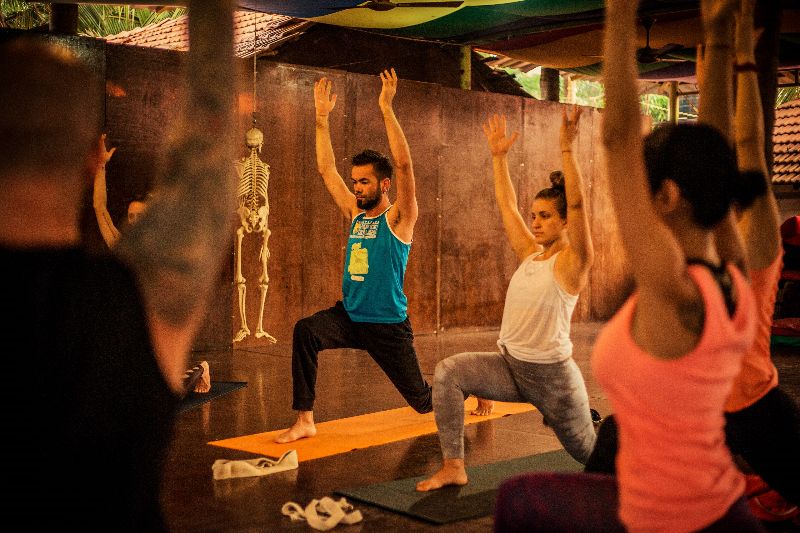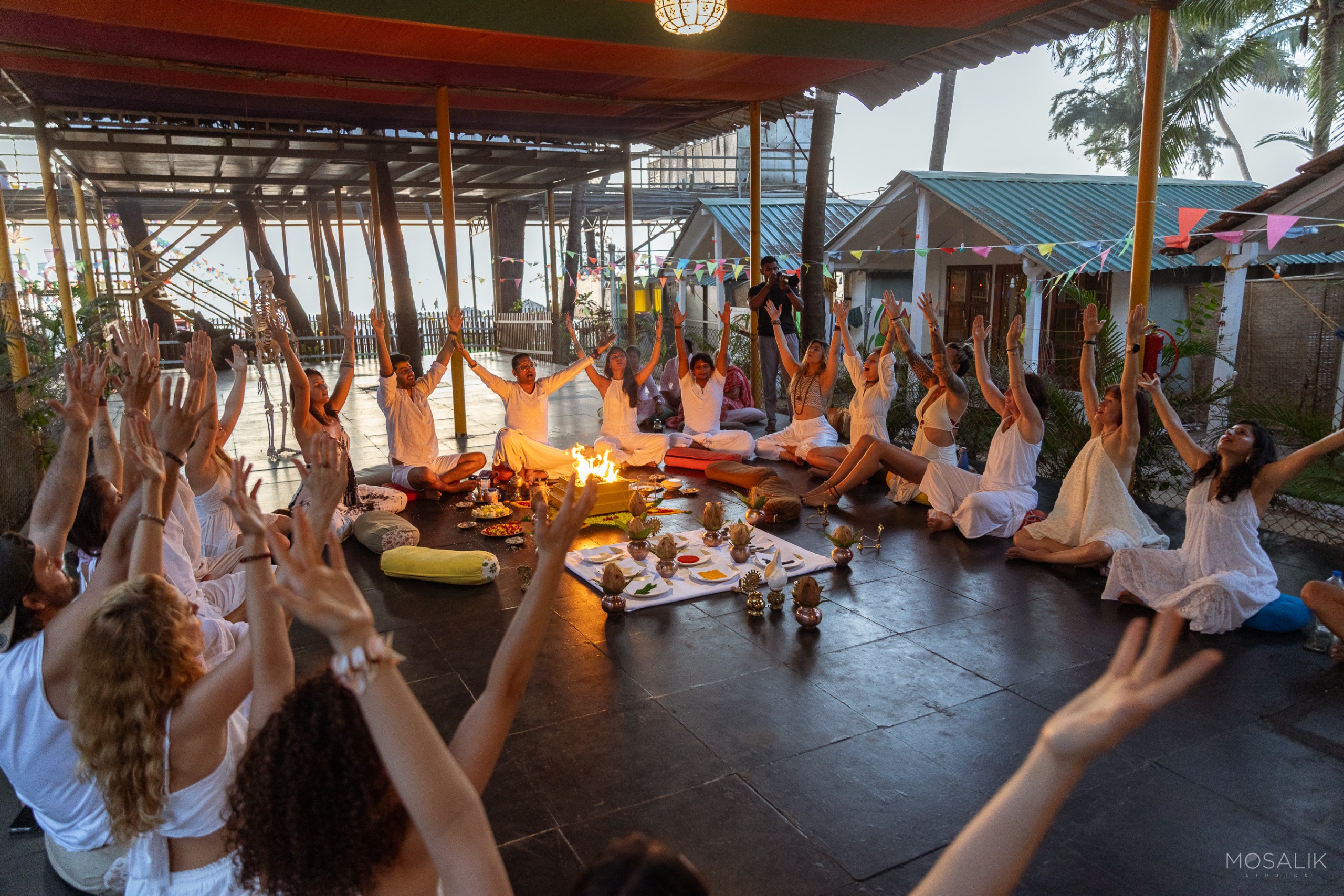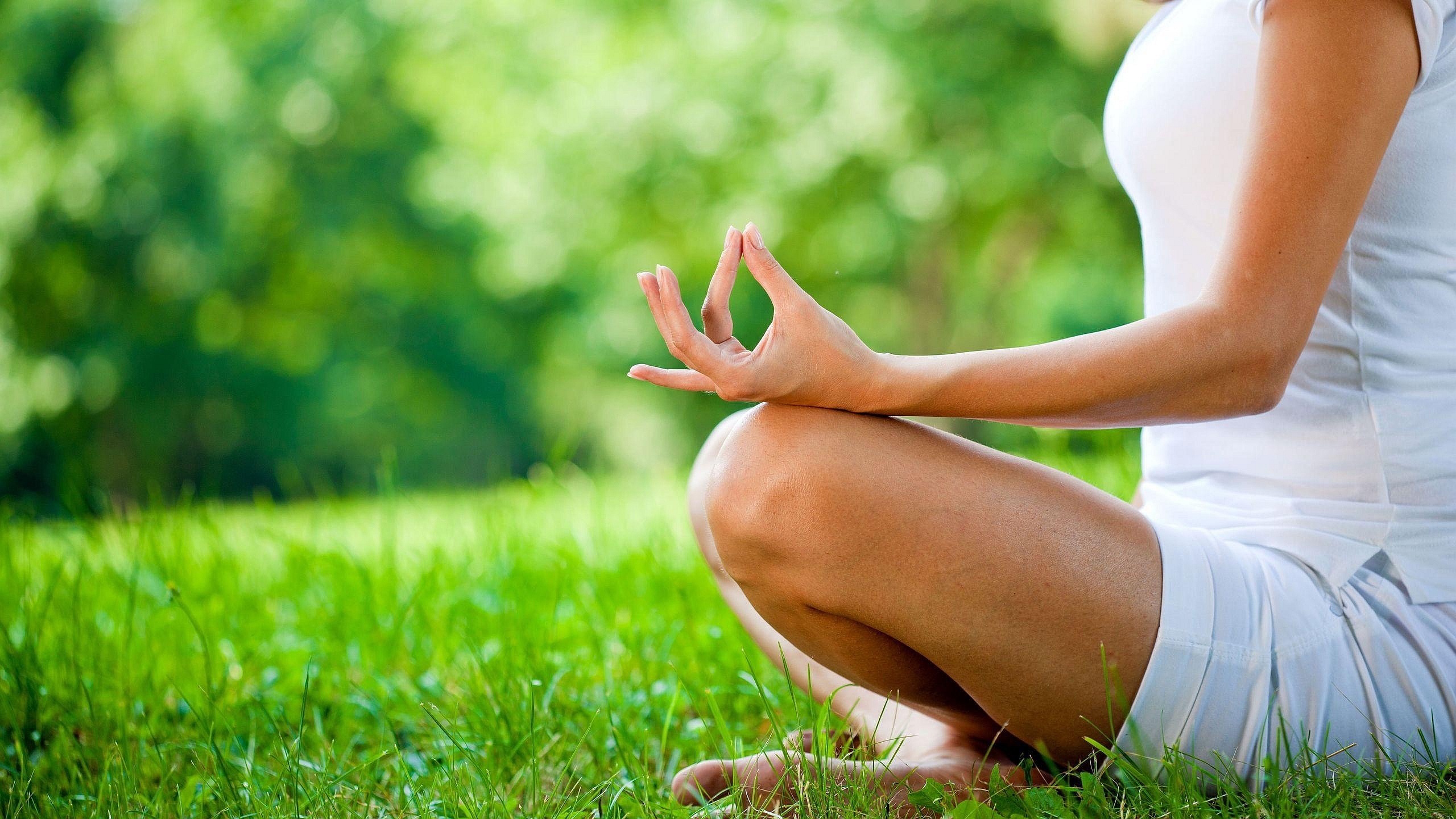What Is Hatha Yoga?
Hatha Yoga, often referred to as the foundation of all yoga styles, is a classical form of the ancient practice that emphasizes physical postures, breath control, and meditation. The word “Hatha” is derived from the Sanskrit words “Ha” meaning sun and “Tha” meaning moon, symbolizing the balance of opposing forces – a theme central to Hatha Yoga.
Where did Hatha Yoga Begin?
The origins of Hatha Yoga can be traced back to ancient India, with roots in the Vedic tradition and later evolving in medieval times. It is said that the sage Goraksha Natha played a pivotal role in formalizing and popularizing Hatha Yoga practices. The knowledge and teachings of Hatha Yoga were traditionally passed down from teacher to student, fostering a deep connection with the wisdom of the yogic tradition.
Key Principles and Yoga Practices
Hatha Yoga encompasses a range of practices designed to balance the mind, body, and spirit:
- Asanas (Physical Postures): Hatha Yoga involves a variety of asanas aimed at enhancing flexibility, strength, and balance. The practice of each posture is a mindful and deliberate process, fostering a connection between movement and breath.
- Pranayama (Breath Control): Central to Hatha Yoga is pranayama, the conscious control of breath. Various breathing techniques are employed to calm the mind, increase energy levels, and promote overall well-being.
- Meditation: Hatha Yoga incorporates meditation to cultivate mindfulness and inner awareness. Meditation is a key practice for calming the mind and achieving a deeper state of relaxation.
What is the Purpose of Hatha Yoga?
The primary purpose of this Yoga is to establish harmony between the mind and body. Through the practice of physical postures, breath control, and meditation, practitioners seek to achieve a state of balance, inner peace, and spiritual awakening. Hatha Yoga is not merely a physical exercise; it is a holistic approach to well-being that addresses the interconnectedness of the body, mind, and soul.
Benefits Of Hatha Yoga
Engaging in regular Hatha Yoga practice offers a multitude of benefits for both physical and mental well-being:
- Improved Flexibility: The diverse range of asanas in Hatha Yoga enhances flexibility by stretching and strengthening the muscles.
- Stress Reduction: Mindful breathing and meditation in Hatha Yoga contribute to stress reduction, promoting mental calmness and relaxation.
- Enhanced Balance and Strength: The practice of various postures improves balance, stability, and overall physical strength.
- Greater Mind-Body Awareness: Hatha Yoga encourages practitioners to cultivate awareness of their bodies, breath, and mental states, fostering a deeper connection within.
Can beginners do Hatha Yoga?
Absolutely! Hatha Yoga is an excellent choice for beginners. The practice is adaptable to various fitness levels, and instructors often provide modifications for those who are just starting. The key is to approach the practice with an open mind, listen to your body, and progress at your own pace. Hatha Yoga serves as a foundation for many other yoga styles, making it an ideal starting point for those new to the yogic journey.
Is Hatha for me?
Deciding if Hatha Yoga is right for you depends on your personal preferences, fitness goals, and the desire for a holistic mind-body practice. If you appreciate a comprehensive approach to well-being, the balance of physical postures, breathwork, and meditation, then thisYoga may be an ideal fit. It provides a solid foundation for individuals seeking a transformative journey towards greater self-awareness, tranquility, and overall health.

Evolution of Hatha Yoga
The origins of this Yoga can be traced to the ancient Indian scriptures, particularly the “Hatha Yoga Pradipika,” a seminal text that provides insights into the philosophy and practices of this form of yoga.
The term “Hatha” is derived from two Sanskrit words, “ha” meaning sun and “tha” meaning moon, symbolizing the union of opposites. This Yoga seeks to balance and harmonize the dualistic nature of human existence, bringing together the energies of the body and mind. Its roots can be found in the broader tradition of classical yoga, as outlined in ancient texts like the “Yoga Sutras” of Patanjali, which date back to around 200 BCE.
The foundational principles of this Yoga are believed to have been systematized by Goraksha Natha, a legendary figure in the Natha tradition. Goraksha Natha, along with his guru Matsyendranath, is credited with codifying the practices of the Yoga and disseminating them among their followers. The Natha yogis played a crucial role in preserving and transmitting the teachings of this Yoga through an oral tradition, passing down their knowledge from teacher to disciple.
The Hatha Yoga Pradipika, written by the sage Swatmarama, is considered a cornerstone text in the history of this Yoga. Composed in the 15th century, it serves as a comprehensive guide to the various aspects of the Yoga, detailing practices related to asanas (postures), pranayama (breath control), mudras (gestures), and bandhas (locks). The text emphasizes the importance of physical purification as a means to prepare the body for higher spiritual practices.
The Yoga gained popularity in the medieval period, especially during the Bhakti and Tantra movements, which sought to make spiritual practices more accessible to the common people. The physical postures and breathing exercises of this Yoga were seen as a way to purify the body and prepare it for the deeper stages of meditation and spiritual awakening.
During the colonial era, This Yoga faced a decline in its prominence due to the influence of British rule in India. Yoga, in general, was often dismissed as primitive and superstitious. However, the resurgence of interest in Indian philosophy and spirituality in the late 19th and early 20th centuries, both in India and the West, led to a revival of Hatha Yoga.
Swami Vivekananda, a key figure in the introduction of Indian philosophies to the Western world, played a crucial role in popularizing yoga. His teachings at the Parliament of the World’s Religions in Chicago in 1893 sparked interest in the West, laying the groundwork for the transmission of this Yoga to Western practitioners.
In the early 20th century, yoga pioneers like Tirumalai Krishnamacharya emerged in India. Krishnamacharya is often referred to as the “father of modern yoga” and had a profound influence on the development of various yoga styles, including Hatha Yoga. He taught many students, including B.K.S. Iyengar, K. Pattabhi Jois, and T.K.V. Desikachar, who went on to become influential yoga teachers themselves.
B.K.S. Iyengar, in particular, played a significant role in popularizing Hatha Yoga in the West through his emphasis on precise alignment and the use of props to facilitate the practice of asanas. His book “Light on Yoga,” published in 1966, became a seminal work that introduced Hatha Yoga to a global audience.
In the latter half of the 20th century, Hatha Yoga continued to evolve and diversify, with various styles emerging to cater to different preferences and needs. These include Iyengar Yoga, Ashtanga Yoga, Vinyasa Yoga, and others, each with its unique approach to asanas, pranayama, and meditation.
Today, This Yoga is practiced by millions of people worldwide, transcending cultural and geographical boundaries. It has become a mainstream form of physical and mental exercise, valued for its ability to promote health and well-being. The ancient teachings of Hatha Yoga, rooted in the union of body and mind, continue to inspire and guide practitioners on their journey towards self-discovery and spiritual awakening. Want to join yoga – Contact Now
Embark on your journey to mind-body harmony with Hatha Yoga – a timeless practice that nurtures the essence of your well-being.



